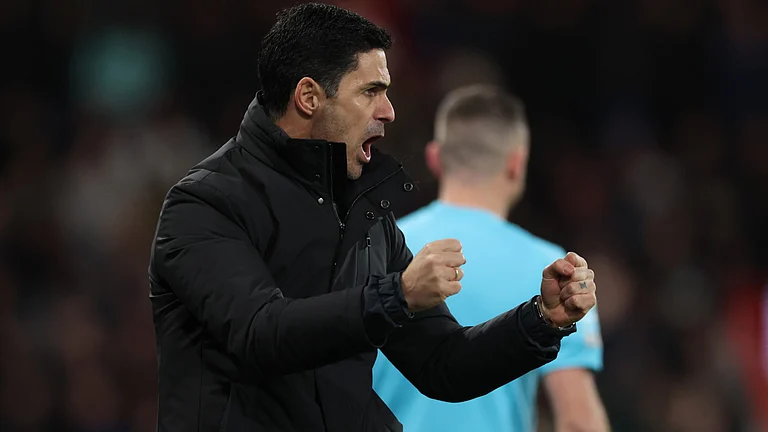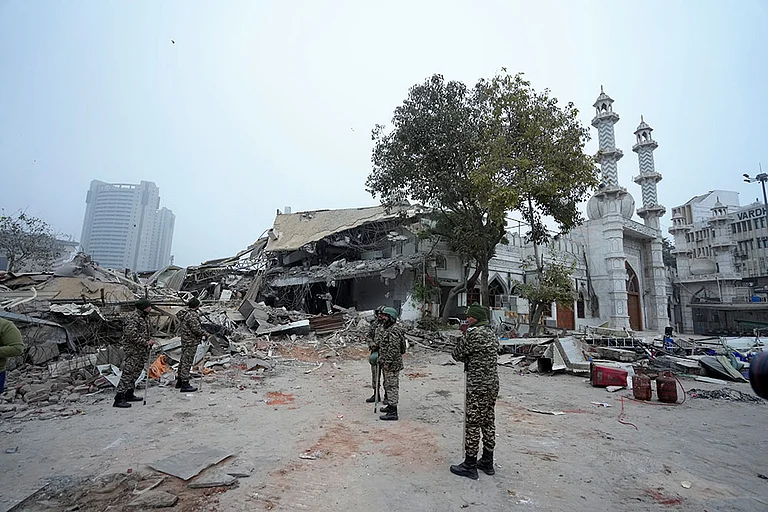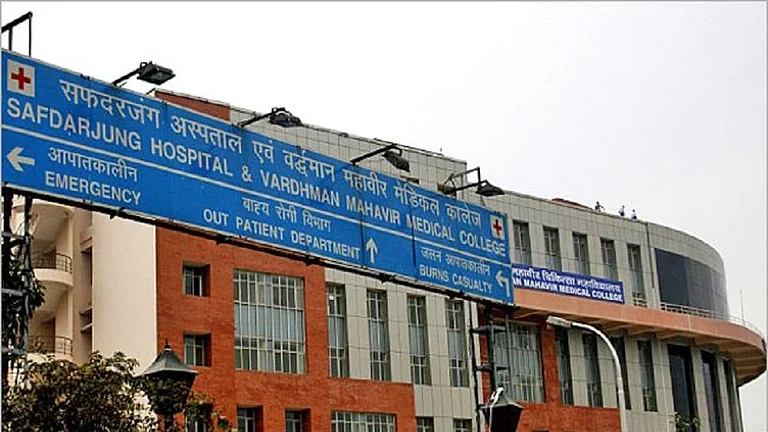LAST week, when Brent crude, the index for the world's crude oil prices, hit rock bottom at $10 to a barrel, end users of petroleum around the world cheered. Not Indians. Our retail prices are as high as ever.
Internationally, crude has lost over 40 per cent value since last October to hit a 10-year low. A lack of agreement within the Organisation of Petroleum Exporting Countries (OPEC) on production and quotas has resulted in surplus crude in the world markets. As a result, oil producers in Asia added over 50,000 barrels per day of crude to the already-flooded world market primarily because of the stand-off between Saudi Arabia and Venezuela over production quotas.
Petrol prices in India, however, have not fallen for more than 10 years despite the world price slumps. Various governments have raised retail prices eight times in as many years. Even the surcharge imposed in the wake of the Gulf War hasn't been removed, six years after General Norman Schwarzkopf went home. Indian petroleum prices are the third highest in the world, after Sri Lanka and Bangladesh.
Is the government then giving us all a really raw deal by maintaining high prices of petrol? Or has it become a victim of its own administered price mechanism?
Economist S.L. Rao puts the blame squarely on the pricing mechanism. "In this system, the government reaps the profits. Price cuts never reach the consumers, the hikes do," says he. The government gains from all sides—higher excise on every litre you buy, as well as from the global price cuts which are never passed on to the consumer.
Misplaced priorities of the government and lobbying by pressure groups may be the culprits, says Rao. The government has kept the prices of petrol and aviation fuel artificially high to heavily subsidise kerosene and liquefied petroleum gas (LPG). This system is lopsided because while LPG reaches middle class households, the poor man's fuel kerosene is put to rampant misuse. According to a study by the National Council for Applied Economic Research (NCAER), one-third of the kerosene in the market is used to adulterate diesel. Of the rest, less than half actually reaches the poor at the normal price. The remaining is sold off in urban black markets.
But there are those who don't agree with Rao that the government is making good money at the expense of the average citizen. It may in fact be losing out, feels D.H. Pai Panandiker, economist and advisor, RPG Group: "India has become a victim of overprotection. To insulate itself from the future, India is missing out on the present."
How's that? Because Indian Oil Corporation, the only canalising agency for oil imports, ties up most of the import contracts at predetermined prices, that is, it agrees to the price at which it will buy some months before it actually picks up the oil. Says an official: "While this deprives us of any benefit of price falls, like in the present situation, it also protects us from sudden spurts in prices." Right now, India is actually paying a much higher price than market rates as contracts for supplies till June 1998 have already been signed. Oil can be bought in two ways: spot purchases—you pay the ruling market rate—and long-term contracts. The government prefers contracts as then the transaction is done against bank guarantees or bonds rather than cash.
This seeming haste in closing the deals has not been totally unwarranted. Till recently, with Bill Clinton gnashing his teeth at Iraq, the possibility of another Gulf war was looming large and crude prices could have zoomed. India would then have been the net gainer. But with Iraq's climbdown and the OPEC squabble, prices have tumbled and Saddam Hussein's attempts to buy food against oil has made matters worse.
The matter is compounded by the other problem the government is facing. It's believed that consumption this year would be lower than the projected 6 to 8 per cent growth per annum. That would have helped the government improve its books and reduce the trade deficit.
No such luck. Consumption has actually risen to 85.5 million tonnes in 1997-98 (till January), substantially higher than last year's 63 million tonnes. This will carry the crude import bill beyond the Rs 20,000-crore mark. And as the number of vehicles on Indian roads keeps growing at 12 per cent a year, there's no respite in sight. So there's no way your petrol bills are going to slim down.






















